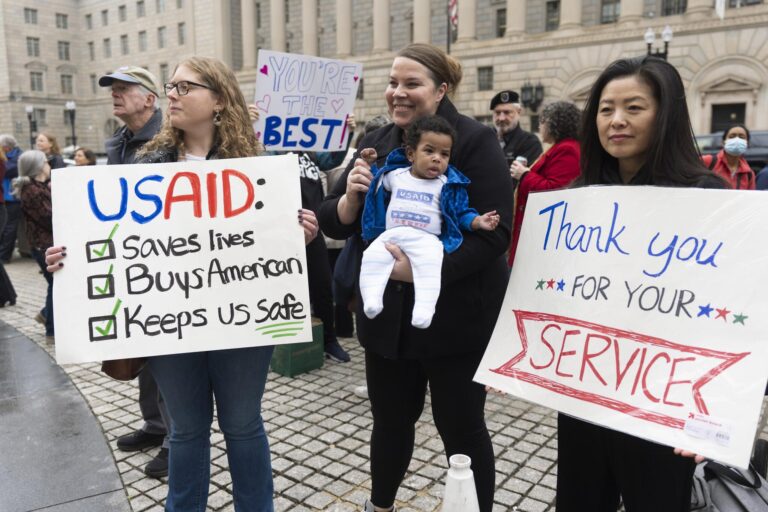Introduction to USAID Cuts
In recent years, the humanitarian landscape in Afghanistan has been increasingly precarious. With the re-emergence of the Taliban, many international funding sources have been reevaluated. The impact of these changes stands to affect millions, but particularly vulnerable populations such as women and children.
The Impact on Women’s Health
Women in Afghanistan have faced numerous challenges, especially regarding their health and well-being. Recent cuts from USAID have further endangered their access to essential health services. This deprioritization signals a troubling trend for women’s rights and health outcomes in a nation already in crisis.
Planned Parenthood and Reproductive Health
Comprehensive healthcare, including reproductive health services, is critical for Afghan women. Unfortunately, funding reductions for organizations that provide these services have left many women without necessary care. The ripple effects of these cuts can lead to increased maternal mortality and inadequate healthcare access.
Long-term Consequences
The long-term implications of deprioritizing women’s health in Afghanistan are severe. In addition to immediate health risks, a decrease in women’s healthcare can stifle economic growth and societal progress. As women’s health declines, so does their ability to contribute to their communities and the economy as a whole.
The Role of Organizations
Various international organizations continue to advocate for women’s health in Afghanistan, despite the funding cuts. For example, initiatives like those highlighted by the Borgen Project aim to raise awareness and mobilize support for women’s health issues. These organizations aim to fill the gaps left by reduced funding and provide essential services that are increasingly under threat.
Conclusion
The recent USAID cuts represent a significant setback for women’s health in Afghanistan. Advocacy and continued support from international entities will be crucial in ensuring that Afghan women receive the health services they require. It is imperative that the global community remains vigilant and committed to women’s health issues, particularly in regions experiencing instability.

